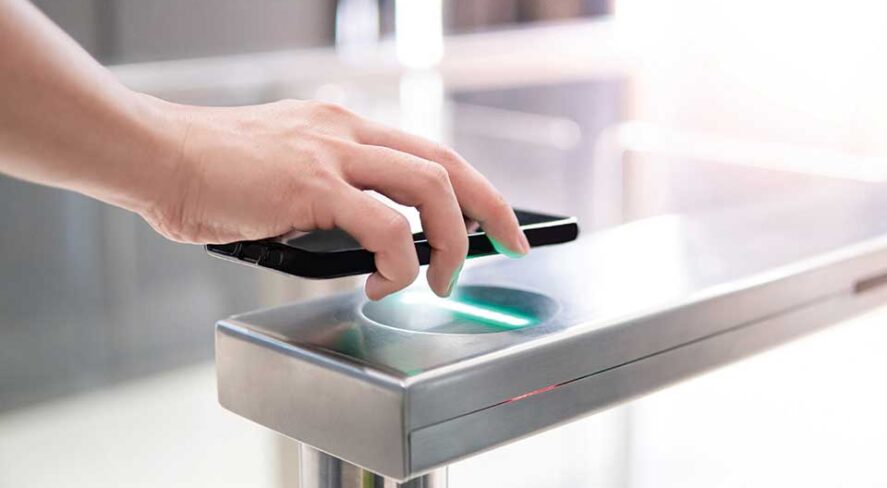Mobile Access Gains Ground in the Security Industry

CoreWillSoft’s Ivan Kravchenko Discusses How Bluetooth Low-Energy, Near-Field Communication and Ultra-Wideband Power Flexible Solutions

In an increasingly connected world, smartphones are no longer mere communication devices. They have evolved into multi-functional gadgets that are deeply interwoven into our daily lives, serving both personal and professional needs.
From ordering a meal to managing complex business processes, smartphones’ expansive applications have revolutionized many sectors, including the security industry. One trend that has emerged prominently in the security landscape is mobile access, spurred by the multiplicity of business use cases that smartphones cater to.
The need for mobility and real-time access is more pronounced than ever. Consequently, mobile access is becoming increasingly adopted within the security industry, driven primarily by technologies such as NFC (near-field communication), BLE (Bluetooth low-energy), and UWB (ultra-wideband).
The early wave saw BLE technology gain substantial momentum, but the tide is gradually shifting toward NFC and mobile wallets. UWB, with its ability to measure precise distances (in conjunction with BLE), has significant potential, especially in use cases like car unlocking. However, the transition to mobile access also brings its share of challenges, such as data security and privacy, debates over personal or corporate device ownership, and acceptance levels among employees.
Mobile access has several advantages, including flexibility that allows for remote and spontaneous granting and withdrawal of access permissions. It enhances security through multifactor authentication and introduces a host of usability concepts. For instance, mobile devices and smartwatches can facilitate hands-free opening, location-based verifications, and more. But there are disadvantages too, including technical hurdles to integrating smartphones into existing infrastructures. Also, mobile access lacks the visible identity confirmation that physical badges provide.
Mobile access rides on the back of several technological innovations. NFC, BLE and UWB facilitate communication between devices over short distances. Remote access via IP comes into play when the access control system is accessible from outside the company intranet. Biometrics and other multifactor authentication mechanisms to ensure credential-to-device binding often complement mobile access for enhanced security. Mobile wallets like Apple Wallet and Google Wallet seamlessly integrate mobile devices into existing access control systems, promoting wider adoption of mobile access.
Companies operating in the security industry have devised various business models to monetize mobile access. Some leverage the software-as-a-service (SaaS) model, where costs are based on usage, while others adopt a simple approach of charging a one-time cost per credential.
Standardization of mobile credentials is a critical aspect of mobile access, and there have been notable developments in this regard. In Europe, the Open Security Standards (OSS) Association has introduced the OSS Mobile Access Standard, while the United States has the Public Key Open Credential (PKOC) initiative from the Physical Security Interoperability Alliance (PSIA). Wallets using various technologies are seeing widespread popularity, although business models can differ across countries and regions, leading to some slowdown in adoption.
The future of mobile access seems promising as the adoption of mobile technology continues to rise, paving the way for increased application in access control systems. However, certain challenges persist. Data privacy remains a significant concern, as does the task of standardizing mobile access technology across devices and platforms. While mobile access will likely gain a larger market share, physical credentials will still find relevance in certain sectors.
A trend that is starting to emerge is the rise of cloud mobile access platforms. These platforms aggregate communication with access control and identity management systems and electronic components, while managing the credential lifecycle. They offer added integration value to businesses through various use cases, such as booking office space or hotel rooms, granting access for a certain period of time, reserving a parking spot, or enabling visitor access.
Moving forward, the technology will evolve, bringing both new benefits and innovative solutions to mitigate challenges. With this evolution, mobile access will likely become an integral part of the future of the security industry.
